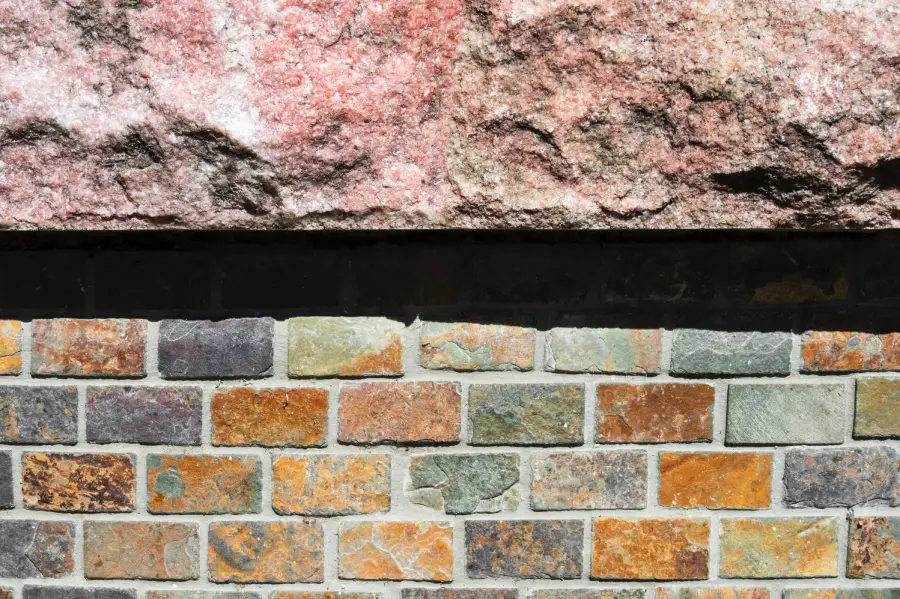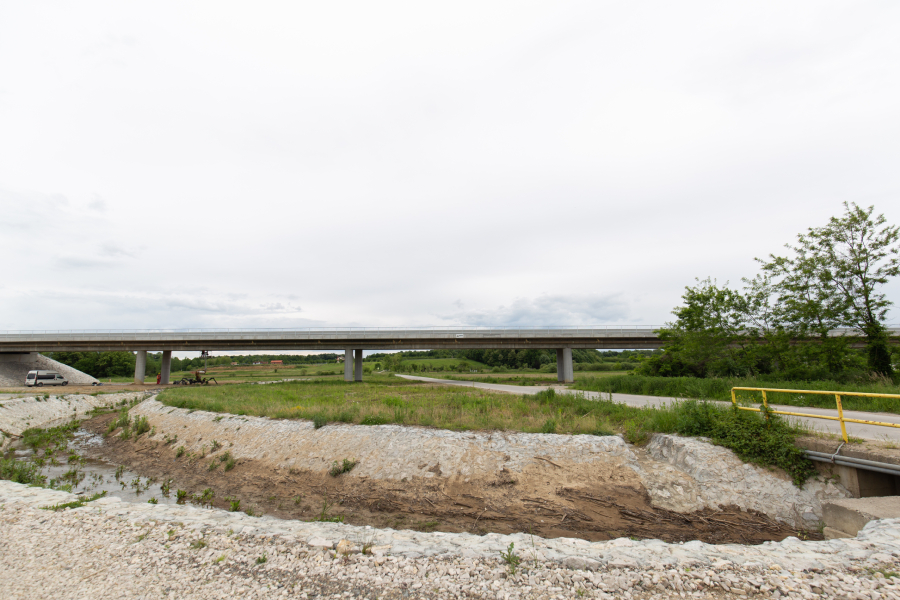Slopes are an integral part of natural landscapes and engineered projects alike, but they can also pose serious risks when not properly managed. Landslides, erosion, and slope failures threaten infrastructure, ecosystems, and communities. For engineers and environmental planners, implementing reliable slope stabilization methods is critical to reduce these risks, ensure public safety, and protect the environment.
This guide explores the most common and effective slope stability and stabilization methods: ranging from engineered structures to bioengineering solutions,and explains when they are applied, how they work, and why they matter.
Slope Stabilization Methods: An Overview
Slope stabilization methods are techniques used to improve the stability of soil or rock slopes and reduce the risk of collapse. These methods may be temporary, providing short-term stability during construction, or permanent, ensuring long-term safety and resilience.
The choice of method depends on multiple factors, including:
- Slope geometry and soil composition
- Groundwater and drainage conditions
- Environmental sensitivity of the site
- Project duration and budget constraints

Retaining Walls
Retaining walls are one of the most common slope stabilization methods, designed to hold back soil and prevent movement. They are effective for both temporary and permanent stabilization.
Types of Retaining Walls
- Gravity Walls: Rely on their own weight to resist soil pressure, often built with concrete or stone.
- Cantilever Walls: Use a reinforced concrete stem and base slab to counteract soil loads efficiently.
- Anchored Walls: Supported by cables or rods drilled into the ground for additional strength.
- Mechanically Stabilized Earth (MSE) Walls: Incorporate layers of geosynthetics or steel strips to reinforce the soil behind the wall.
Retaining walls are versatile and highly effective, but they require careful design. Without proper drainage, water buildup can compromise stability, leading to failure.
Slope Grading and Benching
Changing the slope geometry is one of the simplest stabilization strategies.
- Slope Grading: Reduces the slope angle to lower shear stresses, making the soil less likely to slide.
- Benching (or Terracing): Divides a slope into a series of steps, reducing the distance that soil can travel and improving runoff control.
Grading and benching are widely used in road construction, mining, and hillside development. However, they require large amounts of space and may not be practical in urban or restricted areas.
Soil Nailing
Soil nailing is a reinforcement method where steel bars (nails) are inserted into the slope and grouted in place. The face is then covered with shotcrete or wire mesh for additional support.
- Applications: Used in highway cut slopes, retaining excavations, and areas prone to landslides.
- Benefits: Increases the internal strength of soil without major excavation.
- Limitations: Requires specialized equipment and works best in stiff soils or weathered rock.
Soil nailing is particularly effective when space is limited, making it a cost-efficient alternative to retaining walls.
Slope Drainage
Water is one of the primary drivers of slope instability. Effective drainage systems relieve hydrostatic pressure and control erosion.
Drainage Techniques
- Surface Drains: Channels, swales, or lined ditches redirect stormwater away from slopes.
- Subsurface Drains: Horizontal drains or French drains remove groundwater that increases pore pressure.
- Vertical Wells: Installed in deep-seated slope problems to relieve pressure.
Drainage is often paired with other stabilization methods. For example, a retaining wall without adequate drainage is more likely to fail than one with integrated subsurface systems.
Slope Reinforcement and Geosynthetics
Reinforcement materials strengthen soils and provide additional stability.
- Geogrids and Geocells: Create a stable framework within the soil, improving load distribution.
- Geotextiles: Control erosion by allowing water to pass through while keeping soil in place.
- MSE Systems: Combine reinforced soil with retaining structures for high stability.
These methods are widely used in modern engineering for highways, embankments, and landfill slopes.
Bioengineering Measures
Bioengineering techniques use plants and natural materials to stabilize slopes while enhancing ecosystems. While slower to establish, bioengineering provides long-term ecological benefits and can complement structural measures for sustainability.
Examples of Bioengineering
- Vegetative Cover: Grass, shrubs, and trees shield soil from rainfall impact and anchor it with roots.
- Live Staking: Using cuttings of native species that grow into rooted plants, stabilizing soil naturally.
- Brush Layering and Fascines: Bundles of branches placed along contours to slow water runoff and trap soil.

Temporary Slope Stabilization Methods
During construction, slopes often require temporary stabilization until permanent measures are installed.
Examples of Temporary Methods
- Shotcrete: A sprayed layer of concrete that provides immediate surface support.
- Erosion Control Blankets: Biodegradable mats that protect soil from rainfall until vegetation grows.
- Sandbags and Silt Fences: Low-cost solutions for diverting runoff and preventing erosion.
- Hydroseeding: Spraying a slurry of seeds, mulch, and fertilizer to establish quick vegetation cover.
- Temporary Retaining Systems: Sheet piles or soldier piles used to stabilize excavation walls.
These techniques are critical for safety on active sites and for minimizing environmental impacts like sediment runoff into waterways.
Factors Influencing Method Selection
Choosing the right slope stabilization method depends on multiple technical and environmental considerations:
- Soil Type and Geology: Clay slopes behave differently from sandy or rocky slopes.
- Water Conditions: Groundwater levels and drainage capacity heavily influence stability.
- Project Duration: Temporary construction projects may rely on short-term methods, while infrastructure projects require permanent solutions.
- Environmental Sensitivity: In wetlands or habitats, bioengineering and soft methods may be preferred over hard engineering.
- Cost and Logistics: Budget, site access, and available equipment often shape the final choice.
Engineers often combine methods such as retaining walls with subsurface drains or bioengineering with erosion blankets to ensure comprehensive stability.
Conclusion
Ensuring slope stability is a critical component of safe and sustainable engineering. From engineered structures like retaining walls and soil nailing to natural approaches such as bioengineering measures, the choice of slope stabilization methods depends on site conditions, project goals, and environmental requirements.
Temporary slope stabilization methods play an equally important role, offering short-term protection during construction until permanent systems are installed.
By combining geotechnical expertise with structural and ecological approaches, engineers can protect communities, infrastructure, and ecosystems from the risks of slope failure. In today’s projects, the integration of multiple methods is often the best path to long-term resilience.
